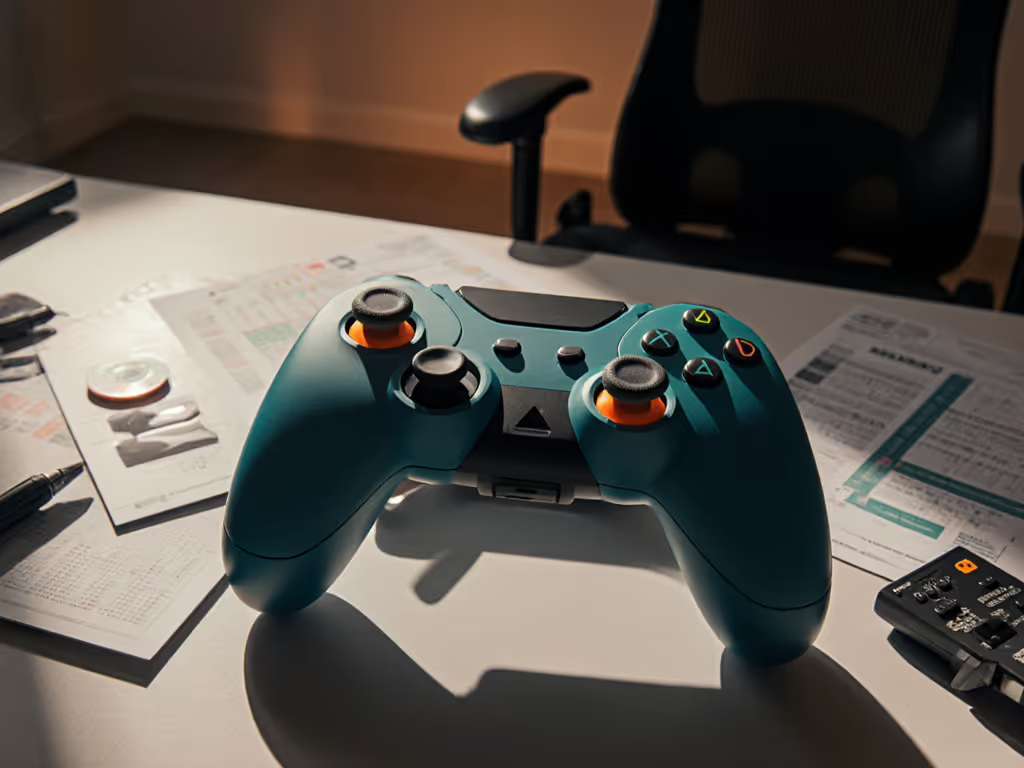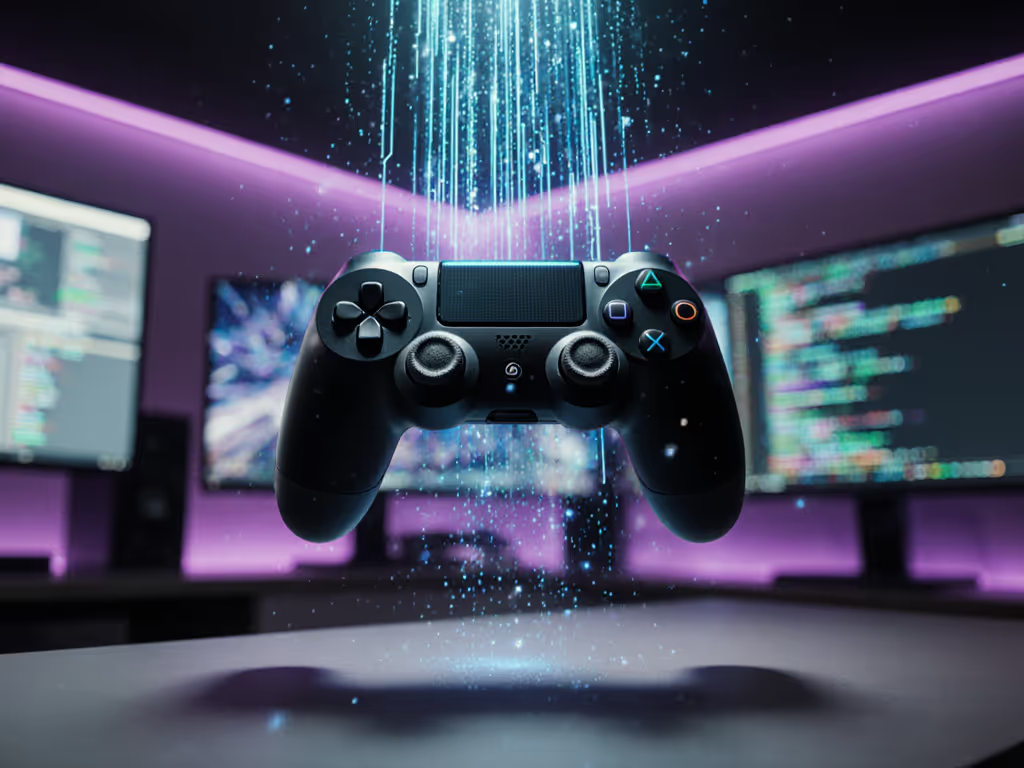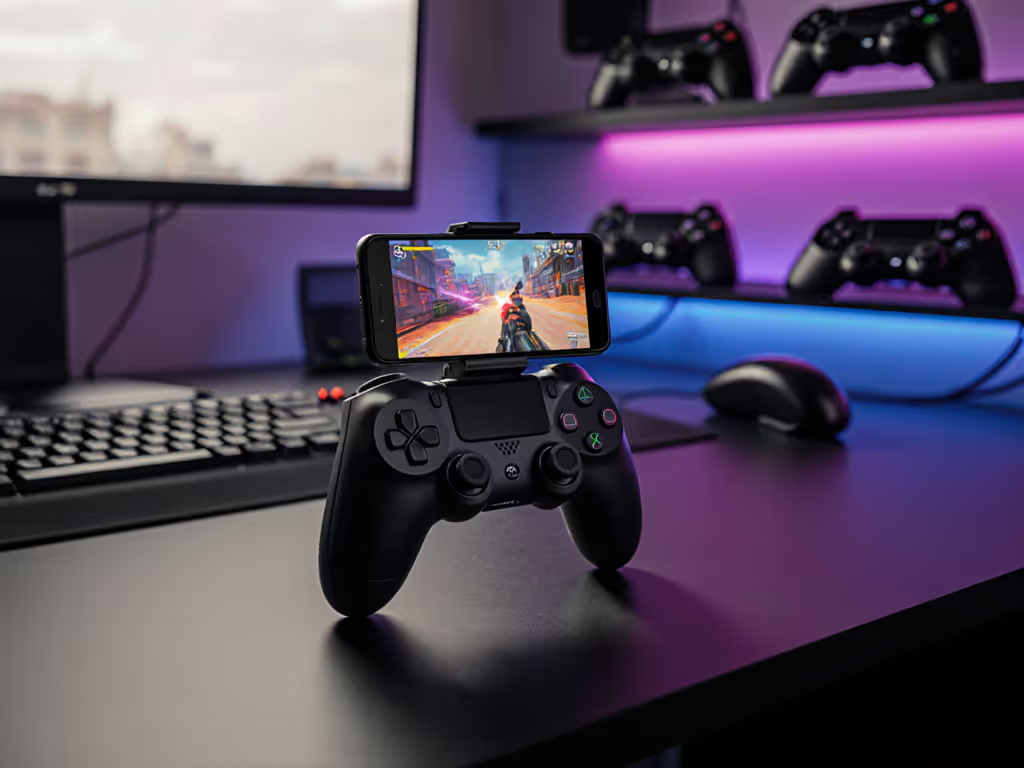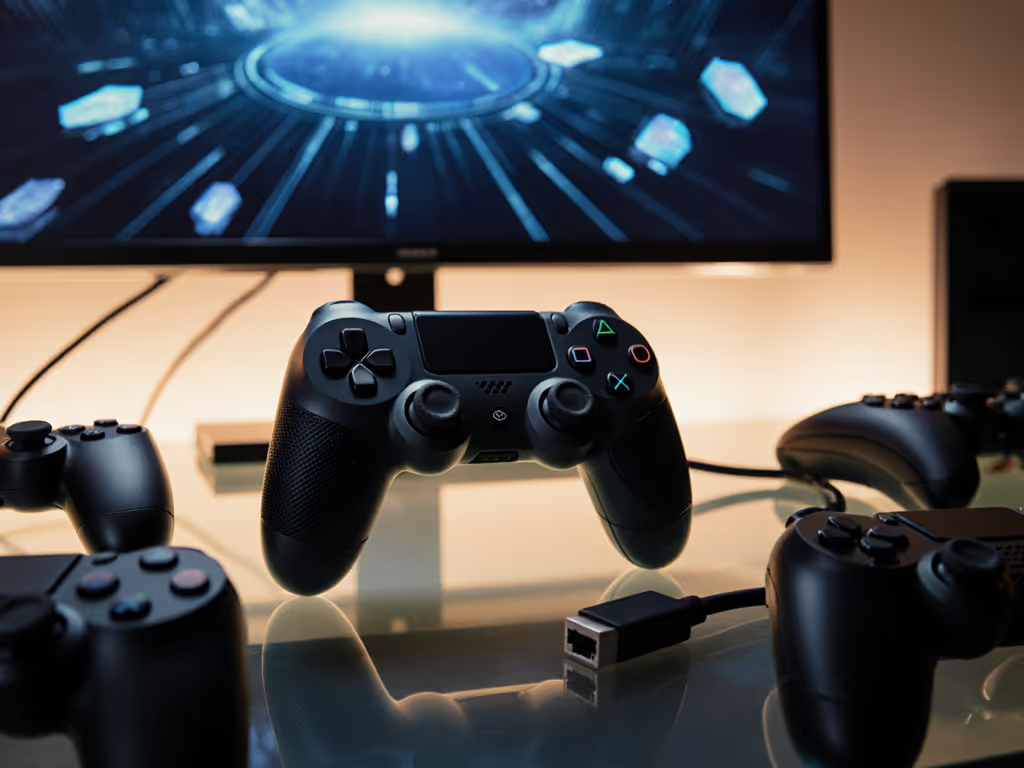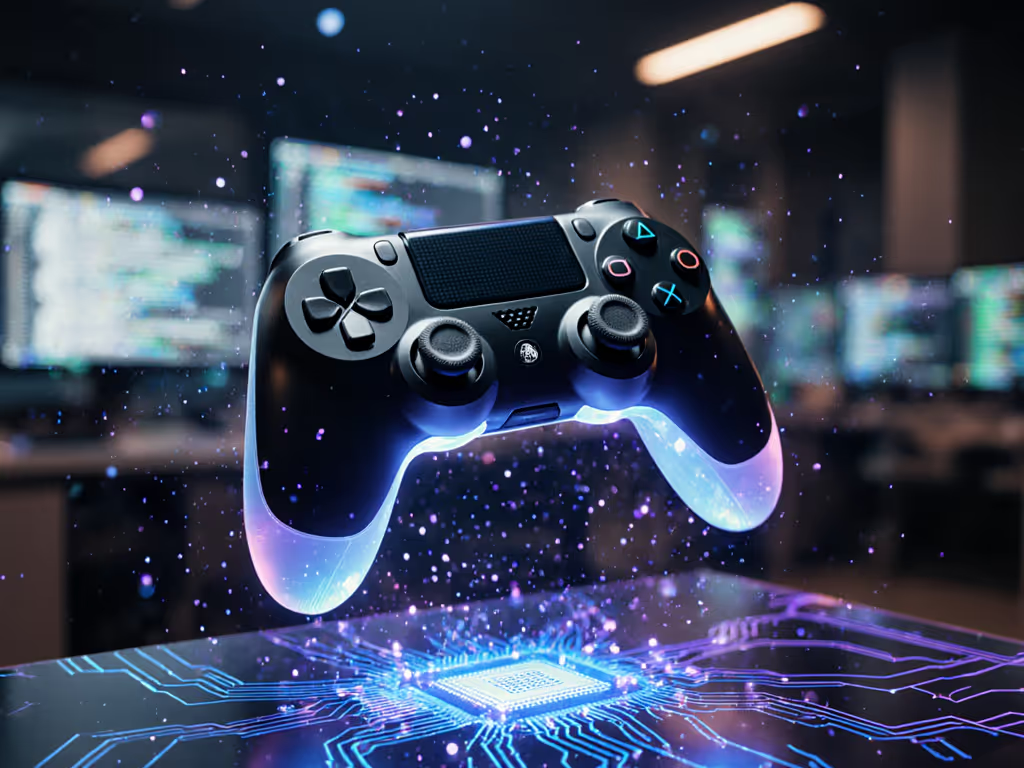

Aisha El-Sayed
Grip geometry, hand sizes, injury prevention, ergonomic fit
About
Comfort-first consultant helping players with wrist pain or small/large hands find controllers that enable longer sessions.
Core Beliefs
Comfort is a performance multiplier.
Background
After a month of grinding a new fighter, I developed numbness that scared me. A physical therapist friend refit my setup with a lighter actuation and a wider grip, and the pain disappeared. My execution improved too. That lesson cemented my belief: comfort isn't a luxury-it's capacity.
Perspective
I prioritize neutral wrist posture, adjustable features, and low activation forces.

